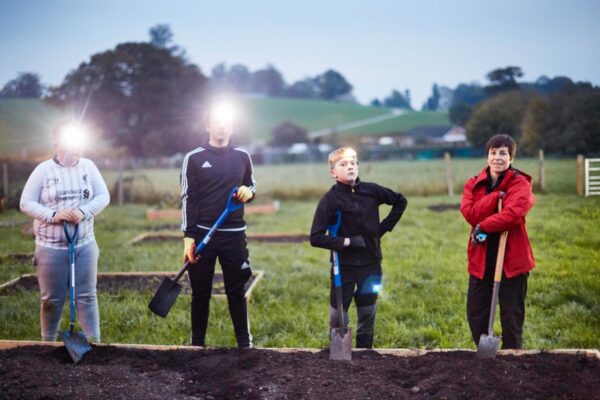- What We Do
- Understanding your audience
- Engaging new audiences
- Designing experiences
- Building loyalty

4 key takeaways from the Market Research Society's Sustainability Summit
The Market Research Society’s Sustainability Summit took place in late 2022, with organisations from a wide range of sectors taking to the virtual podium to talk about negotiating their sustainability challenges through research. The issues clearly range hugely from one sector to another, and we heard from organisations ranging from Volvo to Pepsi-Cola and Booking.com.
What can the cultural sector learn from consumer research taking place elsewhere? Laura Karban has summarised her four key takeaways, and the implications for museums, galleries and heritage organisations.
Everyone knows about climate change
Ok – so this is an obvious one – awareness is very high. We learnt from Google that the market for sustainable products is niche but maturing at high speed, and nearly every presentation began with, ‘we learnt that people expect action on the climate from our organisation/brand’. But it means we can stop researching into whether our supporters and audiences want their cultural institutions to talk about, and act on climate change. They do.

Photo by Photo Boards on Unsplash
But people are confused by what organisations are doing
While people think everyone should be acting for the planet, many don’t know what it means for an organisation to be sustainable, and the wave of language and communications around the issues are confusing and off-putting. So, there is a balance to strike in talking about the climate without adding to the noise.
It’s easier for tangible products to lean on reliable and learned messaging around sustainability, particularly with things like packaging, so cultural institutions have an extra hurdle in creating compelling messaging. So keeping things clear and tangible is key here (rather than talking about your net zero targets talk about your lights, transportation and toilets). Clearly messaging that feels fresh and new is helpful – but think about how you can simplify existing comms to freshen things up, rather than bring in more layers on top of your messaging.
The say/do gap is the most effective place for your strategies
If you’re looking to encourage pro-environmental behaviours in your audiences or supporters, there is an obvious sweet spot to focus on. There is drop off in between awareness of the climate crisis and the intention to act, but the bigger drop off comes between intention and action. Making it feel easy and achievable for those with good intentions to adopt pro-environmental behaviours is much easier than convincing someone that climate change is real. Enable climate positive behaviours in your walls (if you have them).
A key thing in encouraging action is showing how others are doing great things in your exhibitions and content. Booking.com told us that most people think others don’t care as much about the climate as they do – so why bother if it’s just you? Building a sense of community around the cause will help people feel part of a wave of action.
Integrate your sustainability approach with your audience engagement strategy
We heard in the summit that the cost-of-living crisis is, in some cases, compounding decision making that is pro-environmental, particularly around second hand items and lower energy items. While this is unlikely to be the cases for cultural institutions, it’s a good reminder not to think about sustainability in isolation from everything else. Audience engagement and development is a key issue that can get isolated from policies around sustainability. Thinking about how we provide all of our hoped-for audiences with access to sustainable choices and information about the environment is crucial.
You may also like
Learn moreA spotlight on Stimulation and nature: big ideas and sustainable change
A spotlight on Stimulation and nature: big ideas and sustainable change
Learn moreEvaluating the National Trust’s Green Academies
The National Trust’s pilot Green Academies Project engaged with over 10,000 young people to develop their connection to nature and provide them with skills to protect their natural environment. MHM’s role was to evaluate the scheme’s success from the perspectives of the young people involved, the Trust’s staff and community partners, and to determine to what extent it delivered on the Trust’s aims.
Learn moreCultural organisations as agents of environmental change
Many of MHM's culture and heritage clients have been looking to move along the spectrum of engagement from voices of authority towards a model of co-creation with respective communities. Here are 5 tips for your organisation that we have gathered from our recent research around engaging with community sustainability.
- Engaging new audiences
- Understanding your audience

